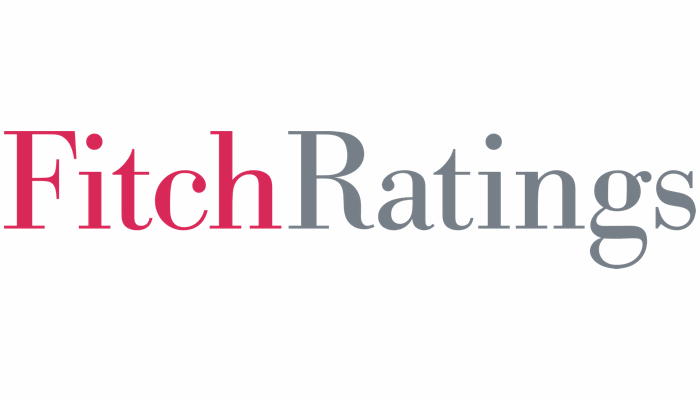Market consolidation in Saudi Arabia’s insurance sector set to intensify: Fitch
- June 22, 2025
- Posted by: Taylor Mixides
- Category: Insurance

According to Fitch Ratings, a provider of credit ratings, research, and risk analysis, Saudi Arabia’s insurance industry is poised for a period of intensified consolidation over the next two years.
This trend is expected to be driven by tightening regulatory capital standards and continued pressure on underwriting margins amid strong price competition.
Fitch Ratings forecasts that a number of smaller insurers may struggle to comply with new capital rules or maintain financial viability.
As a result, more merger activity is likely, either through voluntary partnerships or acquisitions by larger, more financially resilient firms.
At least three prospective mergers are currently being reviewed: Liva with Malath, Salama with Saudi Enaya, and MedGulf with Buruj. The most recent completed transaction was the merger of Arabian Shield (Insurer Financial Strength (IFS) rating: A-/Stable) with Alinma Tokio Marine in November 2023.
The regulatory environment has undergone significant changes since the Saudi Insurance Authority assumed oversight responsibilities from the Saudi Central Bank and the Council of Health Insurance in 2023.
Fitch Ratings notes that the Authority intends to introduce a risk-based capital framework by 2027—part of broader efforts to strengthen insurers’ balance sheets, raise underwriting standards, and improve reporting practices.
While these measures are expected to support the long-term financial health of the sector, Fitch Ratings warns that the transition will come with added compliance burdens, particularly for smaller players. Increased regulatory costs and stricter capital thresholds could disproportionately impact insurers with limited operational scale.
Saudi Arabia’s insurance market is already highly concentrated. Tawuniya (IFS rating: A/Positive) and Bupa Arabia accounted for a combined 52% of gross written premiums in 2024.
Fitch Ratings suggests that such market dominance makes it difficult for smaller firms to compete effectively, particularly in the absence of significant differentiation or niche strategies.
In the first quarter of 2025, six of the ten largest insurers posted underwriting profits, with Fitch-calculated combined ratios below 100%. However, the agency points out that several of these profits were marginal, while the remaining four companies reported underwriting losses.
Fitch Ratings identifies property and casualty insurance, along with life insurance, as the more stable and profitable segments. Medical insurance—the largest segment by premium volume—continues to deliver weaker returns, except for a few large players.
The motor insurance segment, the second largest, remains under heavy pricing pressure, especially in the compulsory third-party category. Fitch expects these conditions to persist until market consolidation and stronger regulatory intervention enable more sustainable pricing models.
Another key development in 2025 is the introduction of a mandate requiring primary insurers to offer local reinsurers the right of first refusal on 30% of their reinsurance placements. While this is intended to strengthen the domestic reinsurance sector, Fitch Ratings notes that it may temporarily increase counter party risk for primary insurers.
Nevertheless, the agency expects that most reinsurance business will continue to flow to highly rated international reinsurers, and that local reinsurance risk will decline as domestic reinsurers enhance their risk management capabilities.
Fitch Ratings concludes that while the Saudi insurance sector faces a challenging short-term outlook due to structural adjustments and regulatory changes, these developments are likely to create a stronger, more competitive market over the longer term.
This website states: The content on this site is sourced from the internet. If there is any infringement, please contact us and we will handle it promptly.



